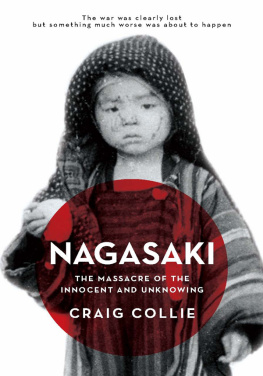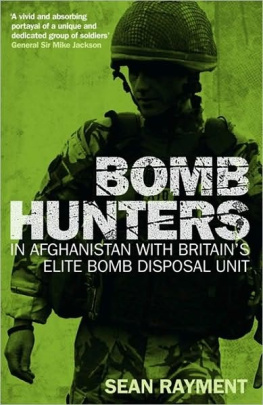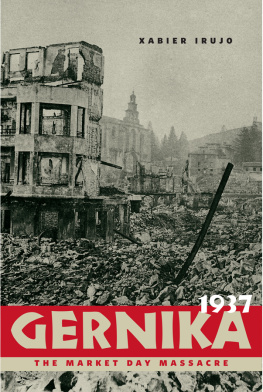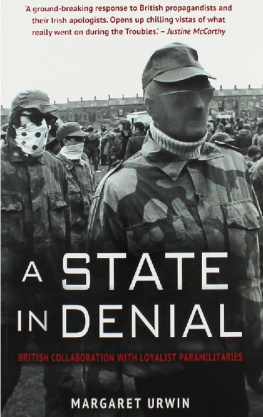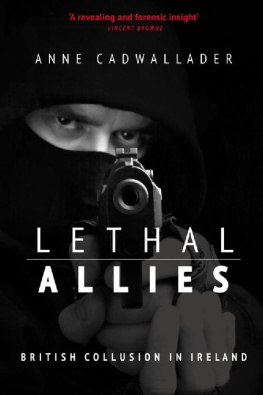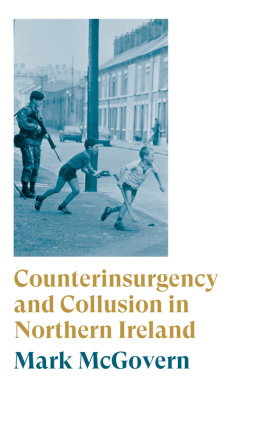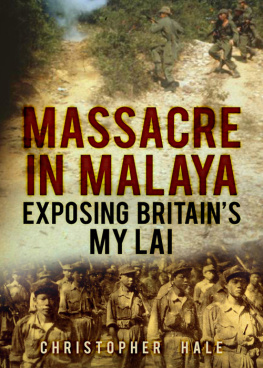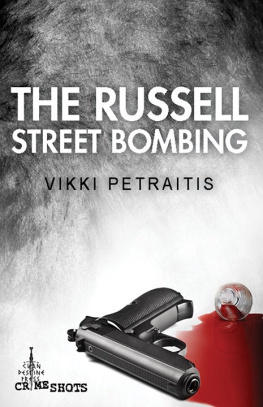
Contents
This edition published 2013
by Frontline Noir, an imprint of Books Noir
Copyright 2012 Ciarn MacAirt
All Rights Reserved
Print ISBN 978-1-904684-93-0
Kindle ISBN 978-1-904684-92-3
No part of this book may be reproduced or transmitted in any form or by any means without written permission from the publisher.
The right of Ciarn MacAirt to be identified as the Author of the Work has been asserted in accordance with the UK Copyright, Designs and Patents Act 1988.
A CIP record for this book is available from the British Library
Typeset iby Park Productions
Cover design by James Hutcheson
Cover image courtesy of Belfast Telegraph
Belfast Area.

Map from Robert James Campbells confession in July 1977. It shows the original target, The Gem Bar, McGurks Bar and where the bombers dumped the car literally a couple of streets from the bombing.

Area surrounding McGurks Bar.

Foreword
Colin Wallace, former Senior Information Officer at the heart of the British Armys psychological operations unit in the early 1970s
At a quarter to nine on the Saturday evening of 4 December 1971, Loyalist extremists detonated a bomb in the doorway of a tiny pub at the junction of North Queen Street and Great Georges Street in Belfast. The explosion demolished what was known as McGurks Bar, killing 15 people and wounding a further 13. The youngest person to die was a 13 year old schoolboy, James Francis Cromie, and the oldest was 73 year old Philip Garry, a school crossing patrolman.
In an outburst of rioting that followed the bombing, Major Jeremy Snow, from the Royal Regiment of Fusiliers, was shot and wounded by gunmen from the staunchly Republican New Lodge area. Major Snow died in hospital three days later.
Even taking into account the shameful nature of the violence that ravaged Ireland during the 1970s and 1980s, the bombing of McGurks Bar stands out as being particularly cowardly. The bombers simply dumped their lethal load at the pub when they were too frightened to attack their intended target. Attacks such as those which occurred in Belfast on Bloody Friday in 1972 and in Dublin and Monaghan in 1974 were, of course, equally despicable, but the McGurks attack was made much more intolerable for the relatives of the dead and injured because Government sources firmly laid the blame for the explosion on those who were in the pub that night. To make matters worse, they continued with that deception long after they were aware that the claim was totally untrue. Why?
During the 1970s, I was the Senior Information Officer at Army Headquarters in Northern Ireland and therefore had a detailed working knowledge of security events throughout the Province on a day-to-day basis. 1972 was a significant year in the development of what is often referred to as The Troubles and it is important to understand some of the key political and security events that led up to the bombing of McGurks Bar.
In February of that year, the first British soldier to be killed by the IRA, Gunner Robert Curtis, was shot in Belfast. The following month, the Provisional IRA befriended three soldiers from the Royal Highland Fusiliers, brothers John and Joseph McCaig from Ayr and Dougald McCaughey from Glasgow. The soldiers were lured to an isolated area on the northern outskirts of Belfast where they were murdered by the Provisional Irish Republican Army (PIRA). The murders provoked a sense of outrage throughout Britain and Ireland partly because two of the soldiers were still in their teens and partly because two of them were brothers. The public revulsion over the killings was a contributing factor in the resignation of James Chichester-Clark as Northern Ireland Prime Minister ten days later.
Brian Faulkner became the new Prime Minister, but the security situation continued to deteriorate. On 8 July in separate incidents in Derry, the British Army shot two men dead: Seamus Cusack and Desmond Beattie. The Army maintained that both men had been armed but local witnesses said they were not. In the ensuing controversy, members of the moderate Social Democratic and Labour Party withdrew from the Stormont Parliament in protest.
As the security situation continued to deteriorate, hard-liners in the Unionist Party pressed Brian Faulkner to adopt much tougher measures, including the introduction of internment without trial. At the same time, Whitehall became increasingly frustrated and impatient with Stormont, but realised that Brian Faulkner was the last hope of maintaining the Northern Ireland Parliament. Although Brian Faulkner demanded that Whitehall introduce internment, he realised he would lose the support of his party if Loyalists were interned. To complicate matters further, the Army General Officer Commanding (GOC), Lieutenant General Sir Harry Tuzo and the British Defence Secretary, Lord Carrington, were both strongly opposed to the introduction of internment. General Tuzo, a particularly intelligent and politically astute officer, realised that any short-term gains obtained from internment would be greatly outweighed in the long-term by polarisation and disaffection within the wider community. In the event, Edward Heath decided to overrule the Army view and the internment operation went ahead as Brian Faulkner had requested.
The outcome was very much as General Tuzo had predicted. The Security Forces did gain some important intelligence from the operation, but many of those arrested were either insignificant in terms of paramilitary activity, or wrongly identified. Much of the information about individuals came from the Royal Ulster Constabulary (RUC) Special Branch and was years out-of-date. Loyalist paramilitaries were initially excluded from internment in keeping with Brian Faulkners request and because Whitehall did not want the Security Forces to have to fight on two fronts at the same time.
The violence that followed the internment operation had a considerable impact on the security situation. The IRA increased its attacks and bombed a number of pubs and clubs in Loyalist areas. In September, Loyalist frustration with the situation increased and some 20,000 people attended a rally at Victoria Park, Belfast, to call for the establishment of a third force to defend Ulster. To meet the growing attacks from the IRA, a number of Loyalist Defence Associations came together and formed the Ulster Defence Association. This new organisation was in direct competition with the Ulster Volunteer Force and both groups set out to demonstrate that they were more capable than the Security Forces of dealing with the growing IRA violence.
The British Government was acutely aware of the growing disquiet of the electorate about events in Northern Ireland especially the deaths of British soldiers. Whitehall became increasingly irritated by press coverage of the Northern Ireland situation and the Defence Secretary criticised the BBC for its alleged political bias when reporting the violence. The Army too was blamed for not taking a sufficiently aggressive stance on its management of the media and the Government decided to send a number of information advisers to the Province to create an information strategy to counter what was regarded by Whitehall as terrorist propaganda successes. It is my belief that the officially disseminated disinformation that surrounded the McGurks Bar bombing was a product of that information strategy.
Next page


